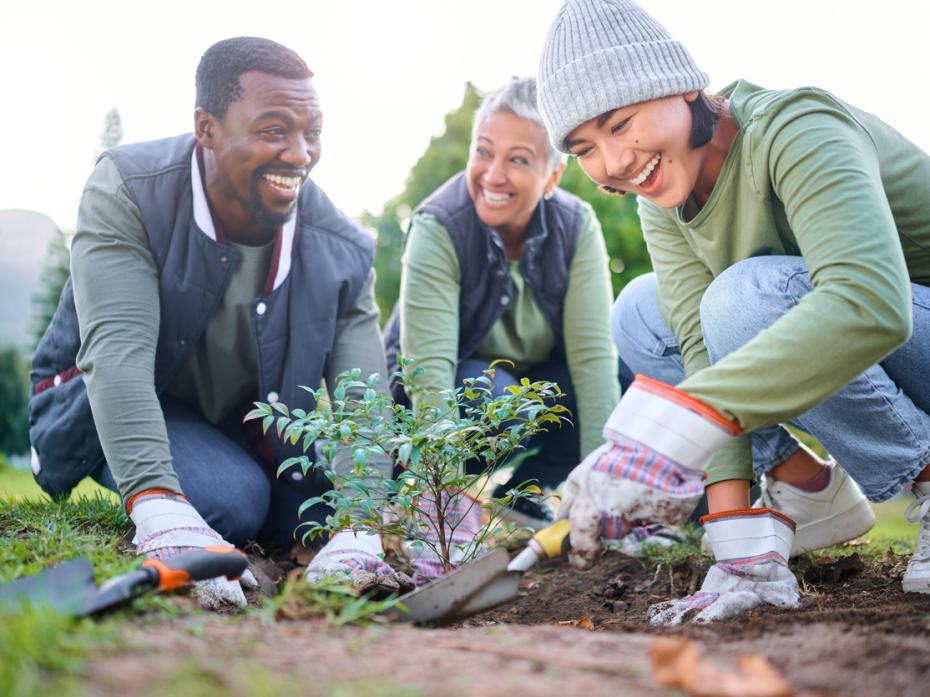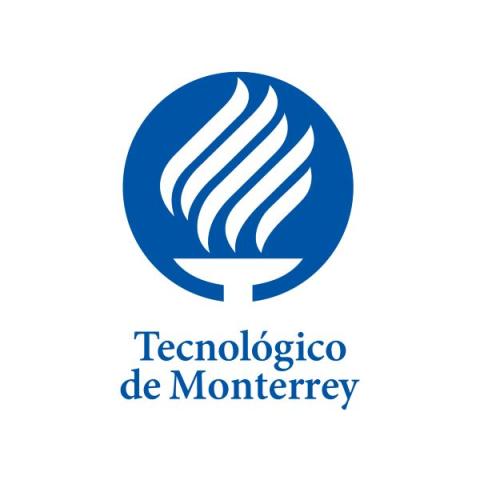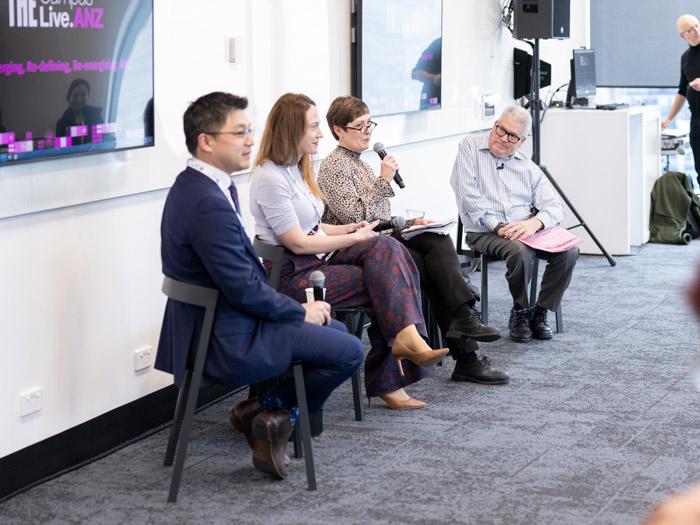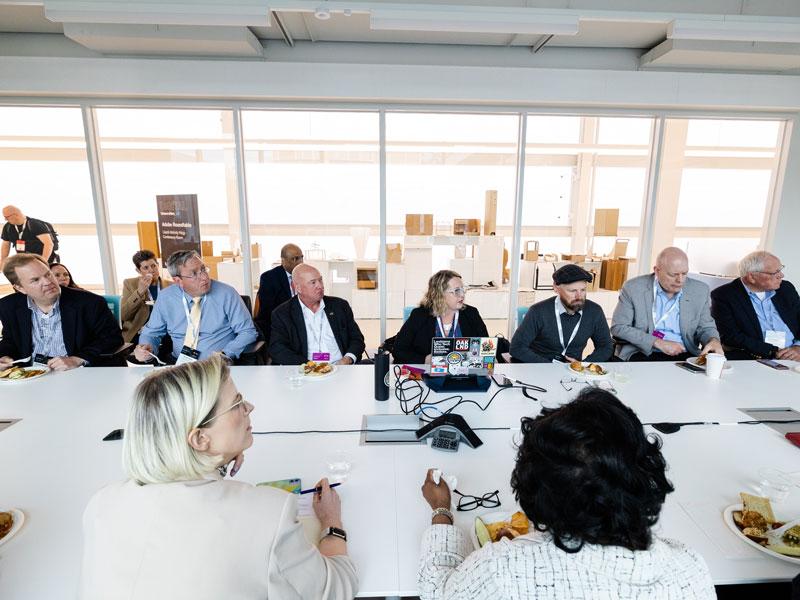
The keys to strong university–non-profit partnerships
In an age of information overload, connecting learning with lived experience is more vital than ever. These kinds of learning experiences are more memorable, foster empathy and encourage action.
Over the past few years, we’ve done this by developing collaborations that not only enhance student understanding but also support communities in vulnerable situations. In our online course Global Health for Leaders, we’ve partnered with non-profit organisations and civil society groups to create opportunities for students to contribute to real-world causes. Below, we share what’s worked for us and how others might adapt these approaches in their own teaching.
Start with shared interests
Finding the right partner begins with a shared purpose. Look for organisations whose work aligns with your course goals. Once you’ve done your research – reading about their mission, projects and public presence – reach out to a contact, ideally someone who handles communications or partnerships. From there, be clear about what you’re hoping to achieve together. Agree on the objectives, what each side will contribute and what success looks like. And when the project wraps up, take time to exchange feedback and think about what you’d do differently next time.
Make collaborations a two-way street
Collaborations are most successful when both sides benefit. The organisations we work with share their stories and insights, and in return, our students take on projects that help in a practical way. They produce educational materials and creative content to raise. Through these collaborations, students gain a deeper understanding of course topics and build skills that will serve them well beyond the classroom: empathy, critical thinking and the ability to work in real-world settings.
- Partner with industry for authentic learning and assessment
- Spotlight guide: The evolution of authentic assessment
- Questions to ask when designing collaborative online learning experiences
Create a sense of purpose
People are more invested when they understand the value of their contribution. For organisations, collaborating with students offers fresh perspectives and access to a younger audience that cares about their mission. Knowing their work has the potential to make a difference is highly motivating to students. Encourage them to produce content for your partners in the form of videos, posters, comics or infographics, and to use digital tools such as AI to support their creative process.
Plan with flexibility in mind
Provide materials ahead of time to help students who are juggling several responsibilities. If a live session is possible, record it for those who can’t attend. Otherwise, share content through videos, podcasts or websites they can access at their own pace. The goal is to make participation easy and stress-free.
Reflect and refine
Once the collaboration ends, ask students what they gained from the experience, how it felt and what they’d suggest improving. Feedback from partner organisations is equally important. These reflections help shape future partnerships and ensure that every new experience builds on what’s been learned.
How this looks in practice
Below are two case studies from our institution located in Mexico:
Working with Beyond Type One (BTO): for a module on non-communicable diseases, students explored how these illnesses are shaped by public policies. To deepen their understanding, we organised a session with BTO where they heard directly from people living with type 1 diabetes. These conversations helped students connect abstract ideas with everyday challenges. Afterwards, they created digital resources offering practical advice for the public. Some of the best work was later shared on BTO’s website.
Partnering with the State Institute for Adults (IEPAM): in another unit, students met with IEPAM’s gerontology coordinator to learn about the realities facing older adults and their caregivers in Mexico. They also discussed ageism and how to promote healthy, active ageing. As a follow-up, students produced accessible content to raise awareness and offer support. IEPAM featured several of these projects on its social media channels.
Bringing non-profit partners into the classroom enriches course content and changes how students relate to their learning. When education is grounded in empathy and real-world connection, it becomes something more powerful: a force for social good.
Mariana Leyva, Martha Sáenz and Itzel Eguiluz are educators at Tecnológico de Monterrey.
If you would like advice and insight from academics and university staff delivered direct to your inbox each week, sign up for the Campus newsletter.




